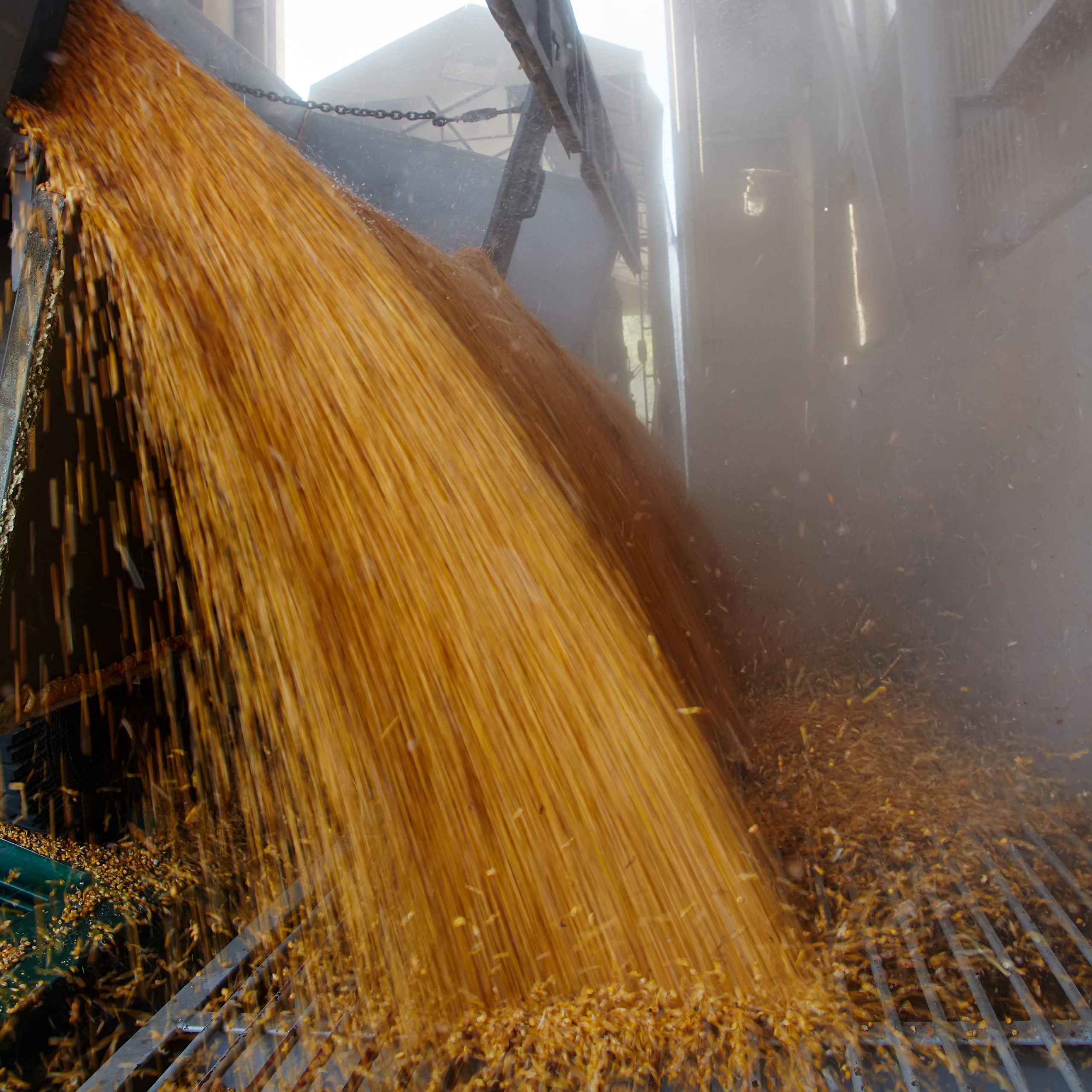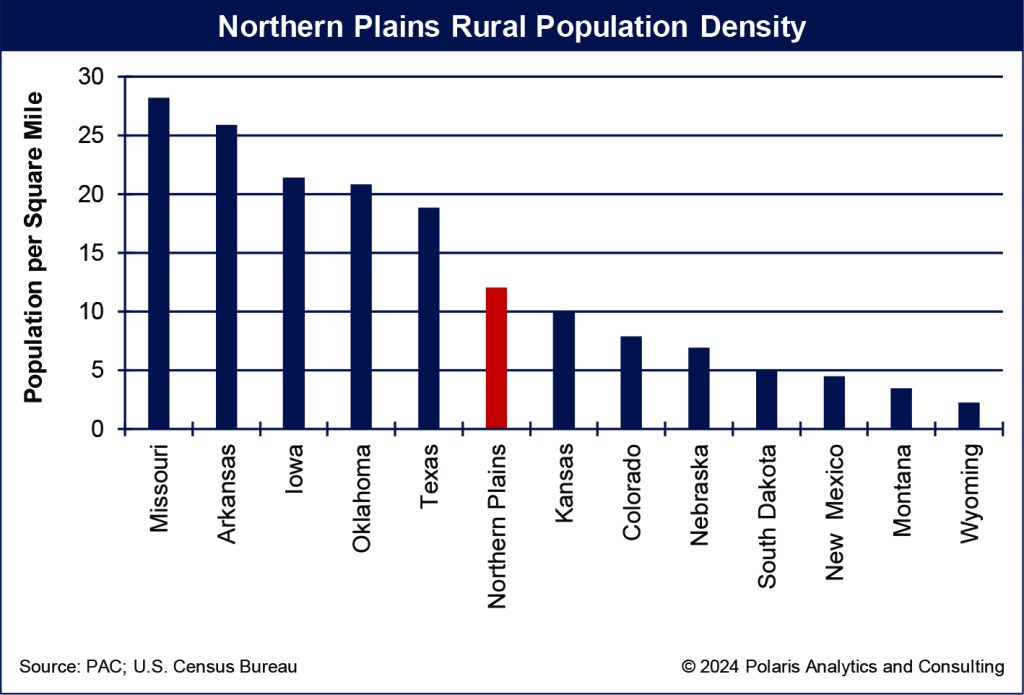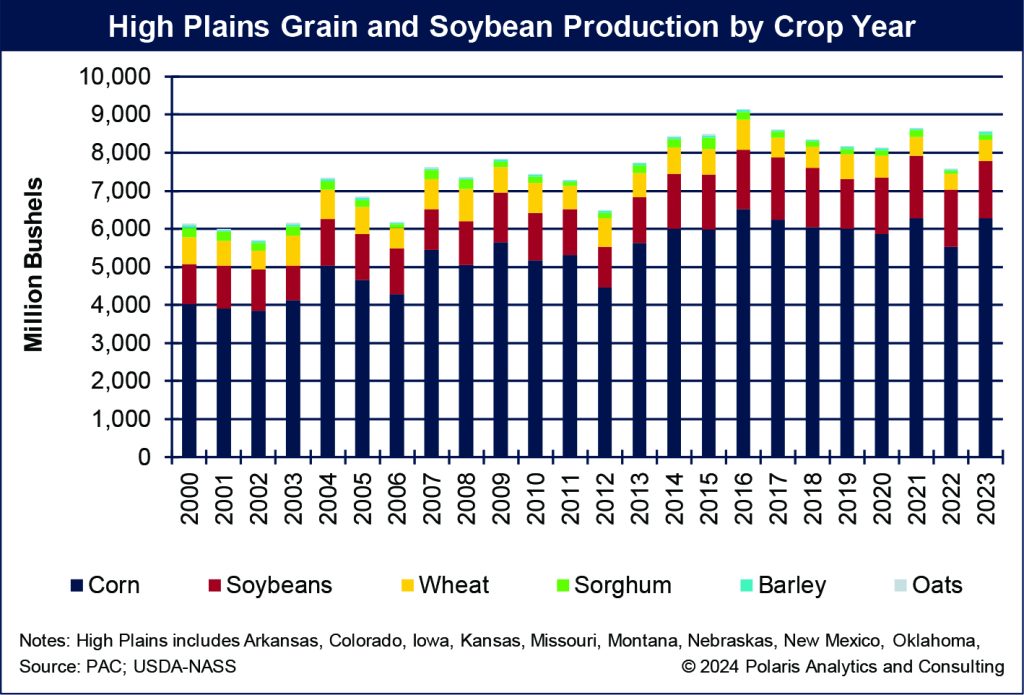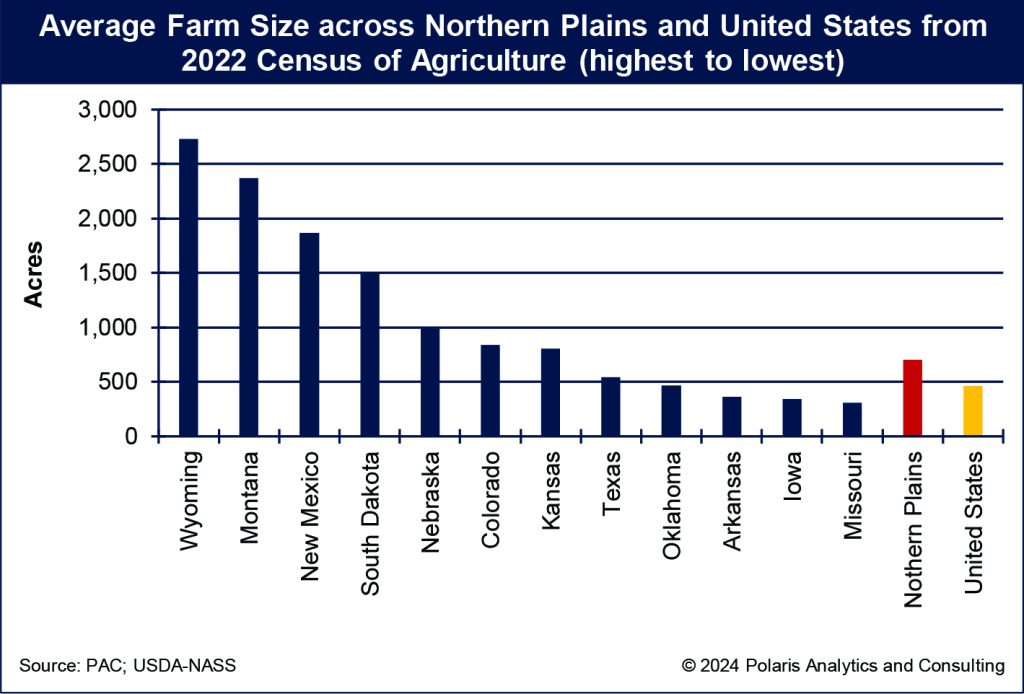America! America! God shed His grace on thee

It is a hymn of appreciation, adoration and admiration to God for His grace on America. The hymn is patriotic, exclaiming the greatness of America. It is a hymn that unites and brings identity.
The first verse of “America the Beautiful” encapsulates the vast and open reaches of America where agricultural bounties arise to feed, fuel and provide fiber for a nation, a world. This verse really speaks to the High Plains with its spacious skies, amber waves of grains, purple mountain majesties above the fruited plain. This is, rural America!
O beautiful for spacious skies,
For amber waves of grain,
For purple mountain majesties
Above the fruited plain!
America! America!
God shed His grace on thee,
And crown thy good with brotherhood
From sea to shining sea!
Technically defining rural
Despite Katherine Lee Bates’s picture of “rural America” in her song “America the Beautiful,” the Census Bureau has its own rendition of what rural areas mean. They are “sparsely populated, have low housing density and are far from urban centers.” While rural America is 97% of the land mass of the United States, one out of every five people of the U.S. population lives and works in rural America based on the 2020 Census.
By comparison, the land mass of the High Plains is 98% rural with 24% of the region’s population of 60.8 million people living in rural areas. However, about one-half of the region’s population is in Texas.
There are nearly 680 urban areas dotted across the High Plains with a combined population density of 2,448 people per square mile. Colorado has the highest urban population density of 3,150 in one of its urban areas, followed by Texas with 2,699 and Nebraska with 2,640.
In terms of the rural population density, there are 12 people per square mile across the High Plains with a low of 2 in Wyoming to a high of 28 in Missouri based on 2020 Census data compiled through the Census Bureau and as shown in the following chart.

Amber waves of grain and the fruited plain
The High Plains is every bit the amber waves of grain and a fruited plain. This fruited plain produces upward of 9 billion bushels of grain and soybeans each year, up from 6 billion at the turn of the century. Corn production represents more than 70% of the grain production across the region.
Compared to the nation as a whole, nearly one-half of the wheat produced in the country is harvested from the High Plains, 47% of the corn, nearly all the sorghum produced in the United States and two-fifths of soybean production. For cotton, the High Plains harvests more than one-half of the U.S. production and 61% of U.S. rice production. Representative crop production for the High Plains is shown in the following chart.
Those bushels and bales then travel to nearby wheat mills, corn grind facilities or a soybean crush plant, or to the global marketplace by rail or barge to export position. The High Plains truly is a fruited plain with ambers waves of grain.

High Plains characterized by high concentration of farmland and lower number of operations
Farmers across the High Plains operate 515.9 million acres of land (crops, livestock, hay, etc.). That is nearly 60% of the farmland area of the U.S., based on results from the 2022 Census of Agriculture, but the number of farm operations is less than 40% of the 1.9 million operations in the U.S.
As the second largest land mass state in the U.S., it is no surprise that Texas has the greatest amount of farmland in the High Plains totaling nearly 125.5 million acres, one out of four acres of the High Plains region. And about one-third of the nearly 734,000 farm operations of the High Plains are in Texas.
While Texas has more farmland and farm operations compared to the other High Plains states, its average farm size of 544 acres is slightly better than the average of 463 acres of the High Plains. Across the High Plains the states of Wyoming, Montana, New Mexico and South Dakota have the highest average farm size, and the lowest rural population density, too.
While these may not be the highest yielding states, they are vast open areas for amber waves of grain to grow and cattle to roam. These states can work more land with fewer operators, but the higher yielding states with fewer cattle and other livestock have small average farm sizes. Average farm size by state in the High Plains is shown in the following chart.
The vastness of the High Plains region is highly productive with fewer farm operations to feed, fuel and provide the fiber of the agricultural economy in the U.S.

‘Sea to Shining Sea’ through the High Plains
While the High Plains may be the farthest region from the Atlantic and Pacific Oceans, one does not get from one ocean to the other without going through or above the High Plains. The productive fruited plains of the High Plains are an agricultural powerhouse to feed, fuel and provide the fiber of “America the Beautiful” and the world beyond. Rural America might be lost on many people, but those people depend on the “amber waves of grain” that rural America sends to them.
Ken Eriksen can be reached at [email protected].

